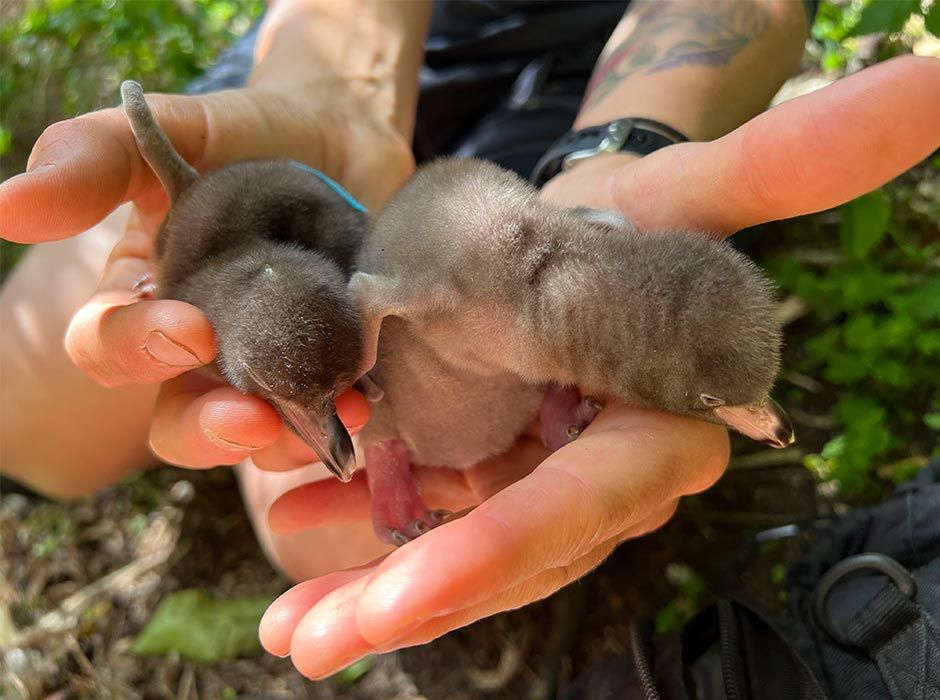www.biorxiv.org/content/10.1...
Full press release: www.otago.ac.nz/news/newsroo...

www.biorxiv.org/content/10.1...
Full press release: www.otago.ac.nz/news/newsroo...


(Not in the preprint, BTS!)

(Not in the preprint, BTS!)

• M. a. murihiku — mainland “Northern” hoiho
• M. a. motu maha — Enderby (Auckland Is)
• M. a. motu ihupuku — Campbell Is
These lineages are evolutionarily independent.
• M. a. murihiku — mainland “Northern” hoiho
• M. a. motu maha — Enderby (Auckland Is)
• M. a. motu ihupuku — Campbell Is
These lineages are evolutionarily independent.


